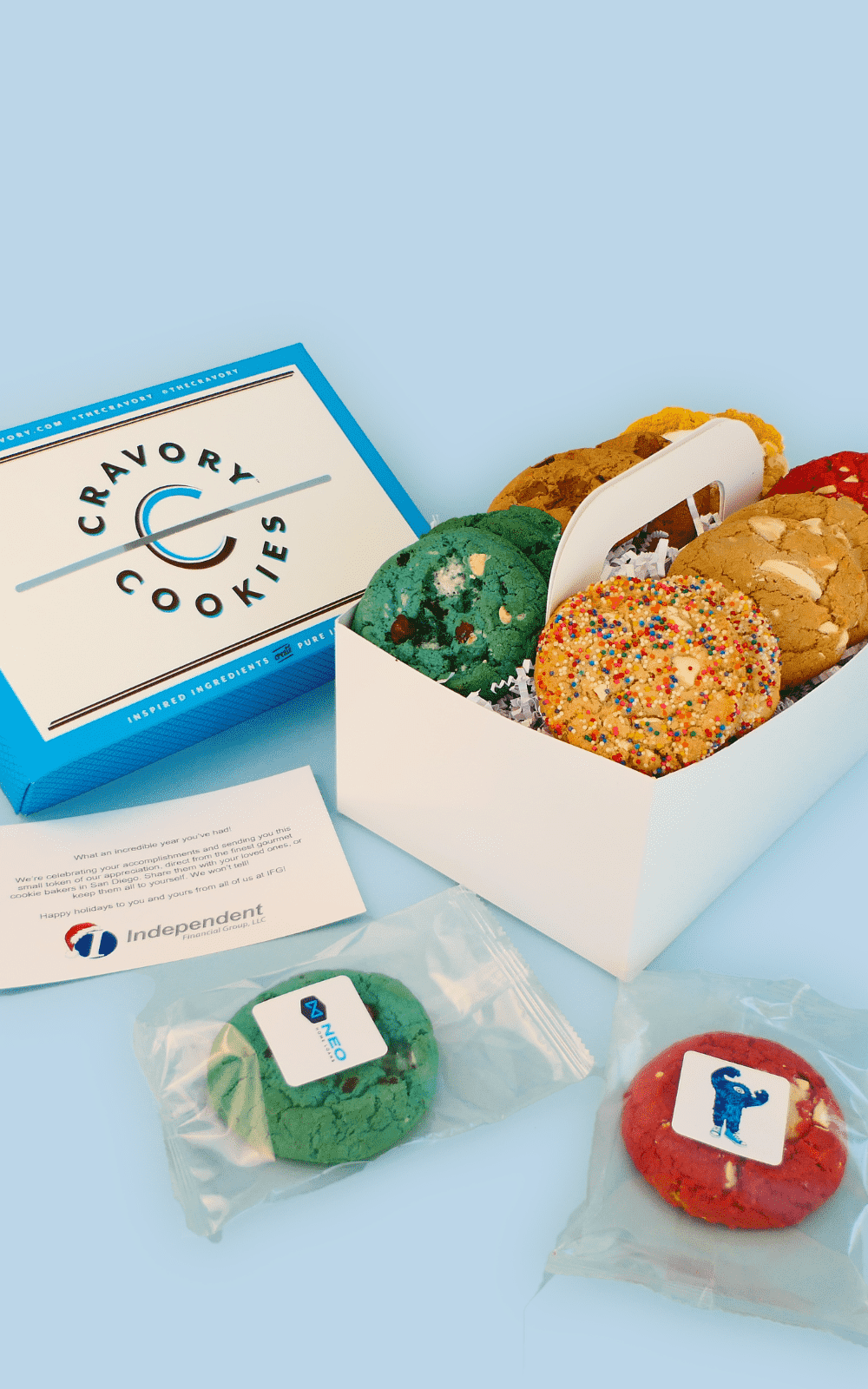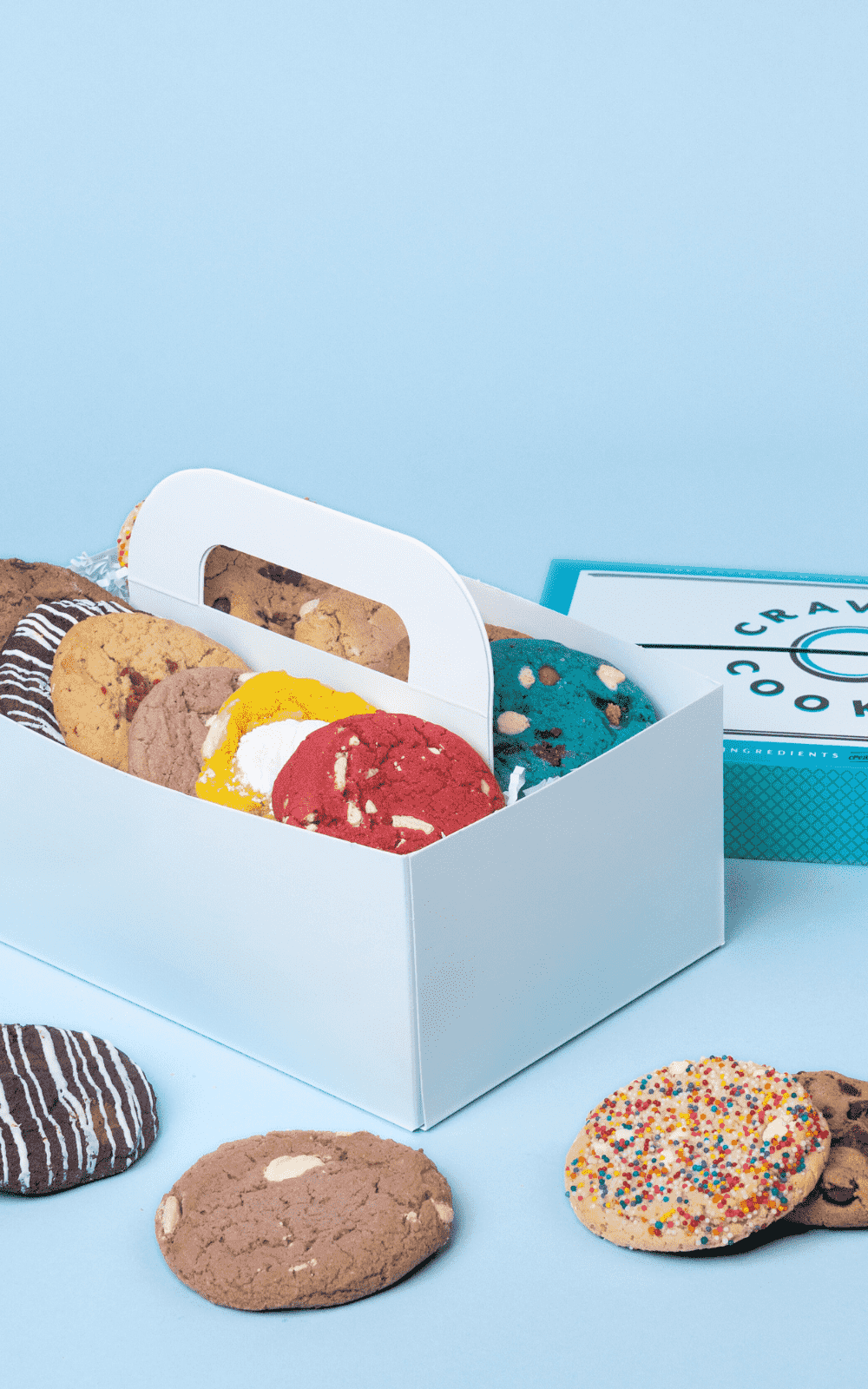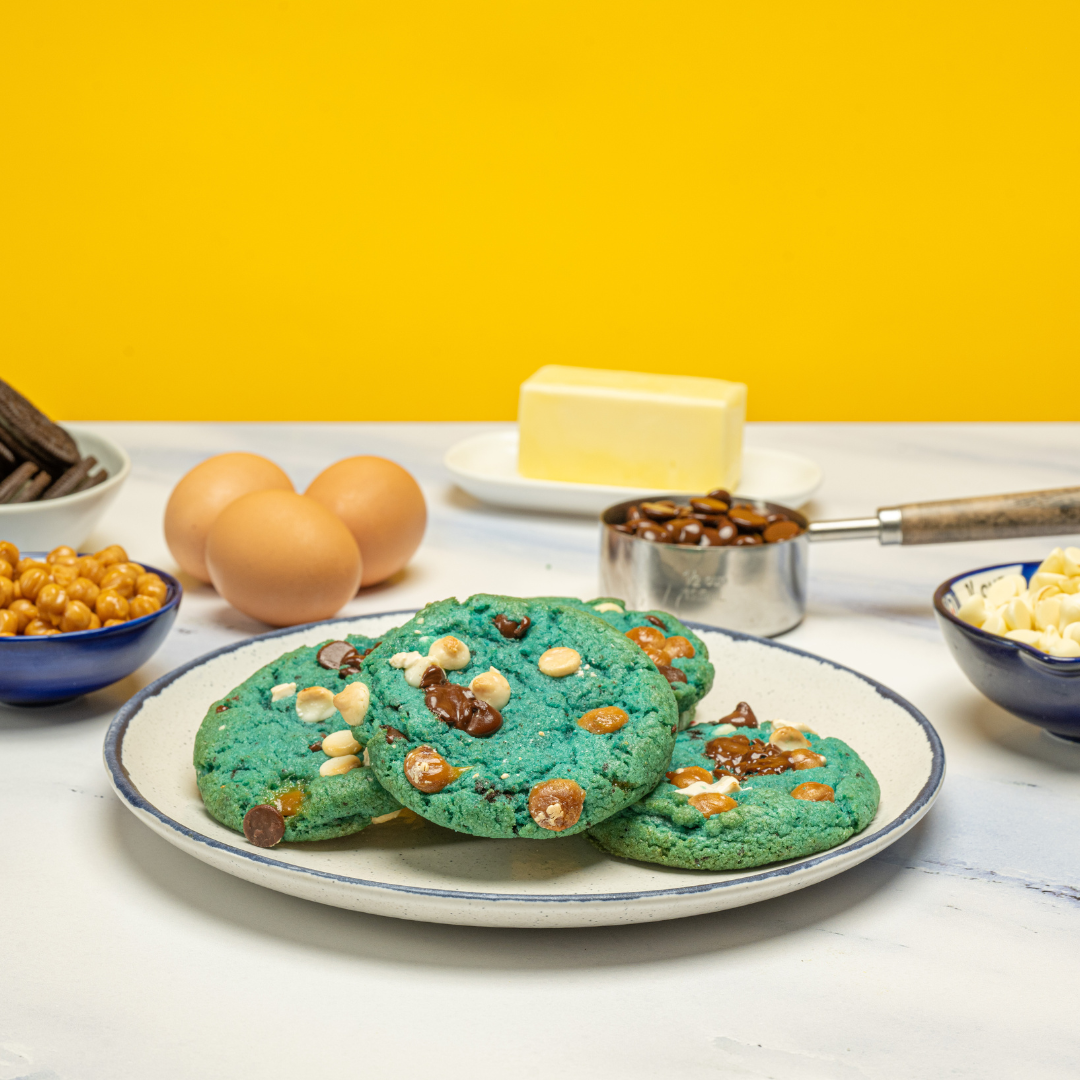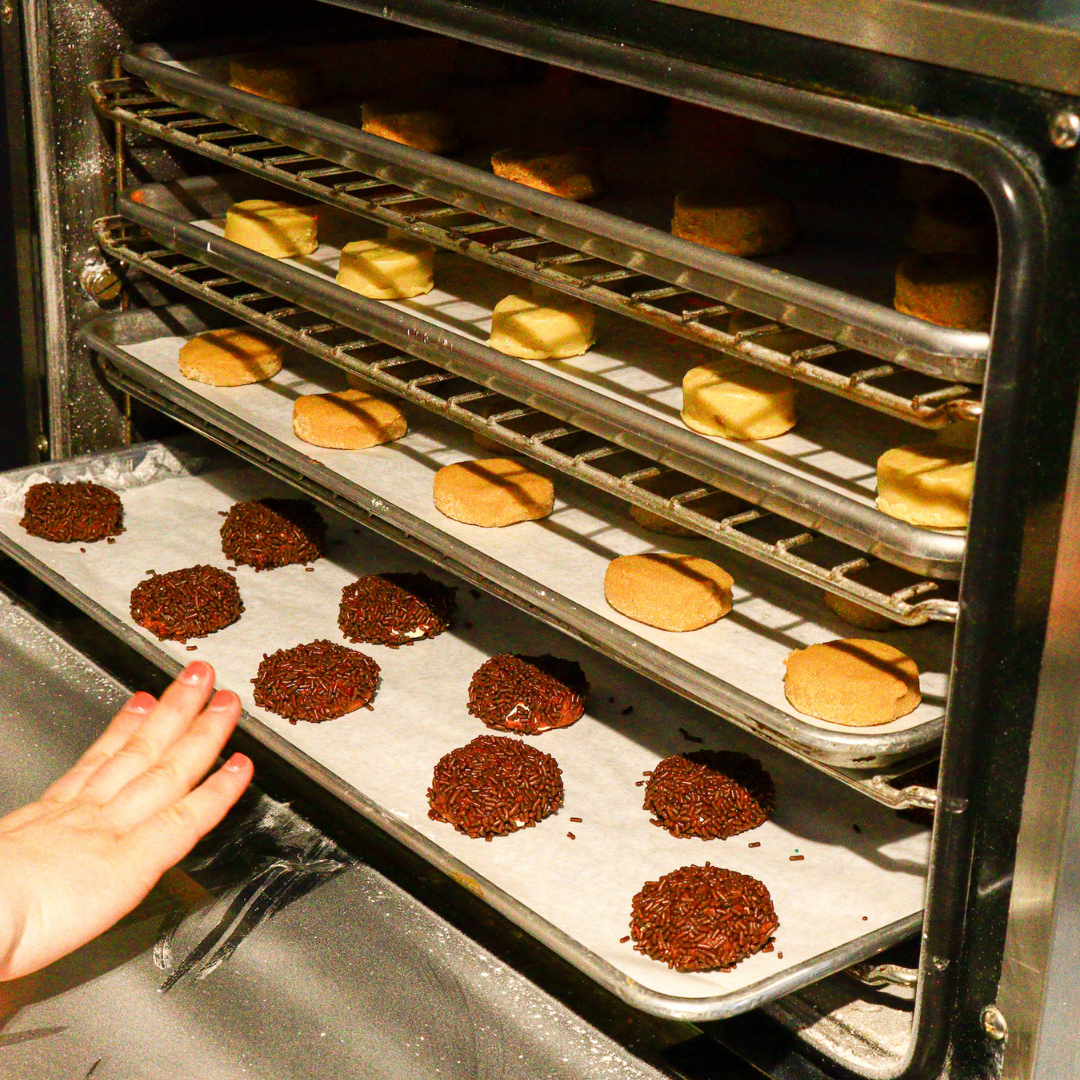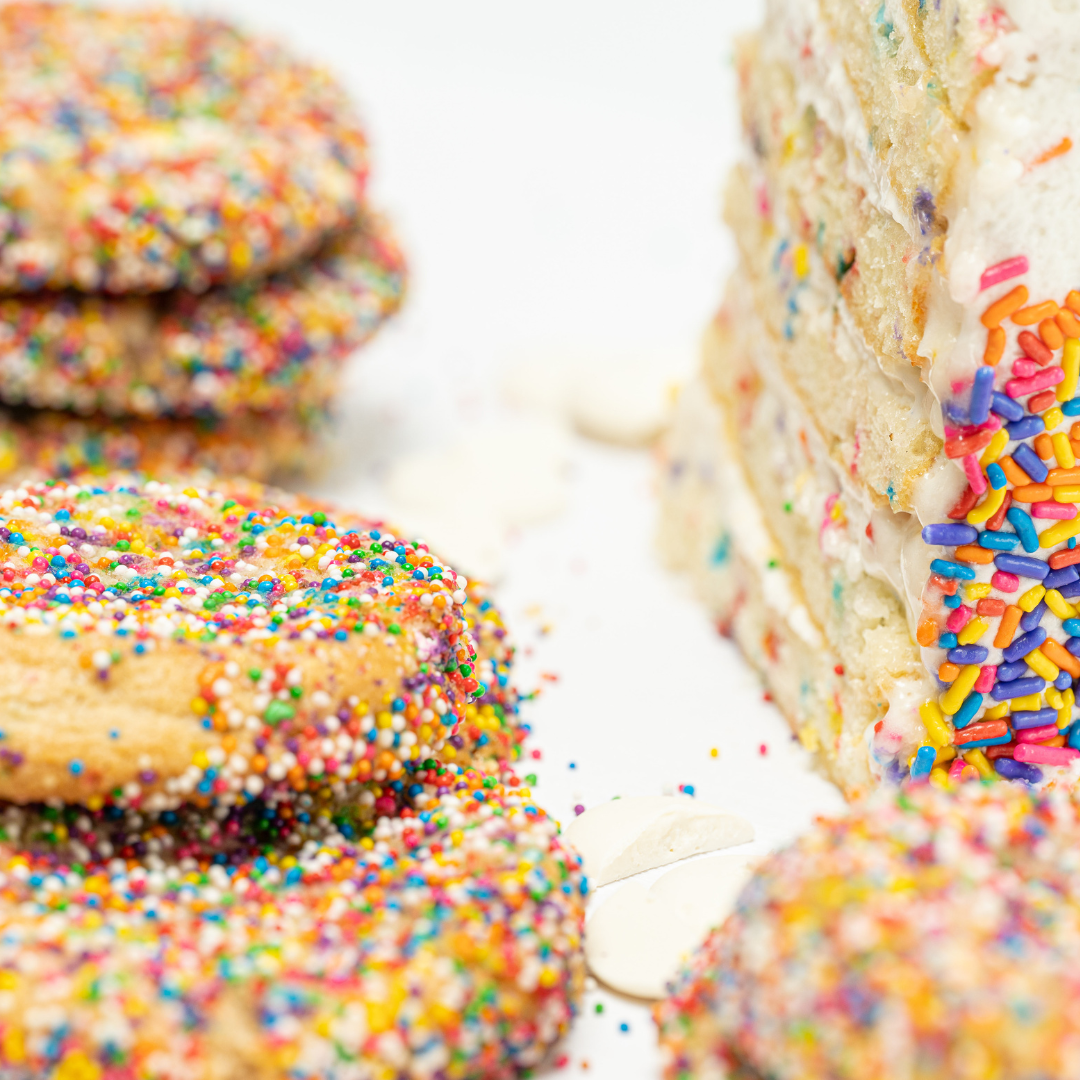While using butter straight out of the fridge for your cookies is a big no-no if you want them to come out all fudgy and delicious, many people tend to use softened or creamed butter in their baked goods. However, in our professional opinion, the best way to apply butter to your cookies is by melting it beforehand.
Cookies baked with melted butter are fudgier, more satisfying, and generally more delicious than any other way of fattening them up.
If you’re a beginning baker, however, getting butter to melt just right can be a tricky task, and if you don’t approach it the right way, you might end up burning it altogether.
In this article, we’ll take you through the process of melting butter, which will help you make the best cookies you could possibly dream of.
Why Is Melted Butter Important?
Melted butter is important in cookie making because it helps create a unique texture and flavor that cannot be achieved with solid butter. During the melting process, the butter’s water content evaporates, leaving only fat behind. This results in a more concentrated flavor and a softer texture in your cookies. It also helps distribute the fat more evenly throughout the cookie dough, resulting in a more uniform cookie.
Additionally, melted butter is a crucial ingredient in specific types of cookies. In some recipes, melted butter is responsible for creating a chewy texture in the cookie. In others, the mixture is used to create a crisp, buttery exterior. Read all your recipes carefully to understand the role of melted butter in your batch, and choose your melting method accordingly.
The Best Methods For Melting Butter
You can melt butter in a myriad of different ways. Each one of them will yield the same result if you do it right, but they vary in terms of equipment needed and how long it takes to melt your butter, among others. Here are the most common methods.
Stovetop Method
This is a tried-and-true, traditional method that involves melting butter in a saucepan or a small pot on the stove over low heat. Simply cut your butter stick into small pieces and place them in the saucepan. Heat it over low heat, stirring occasionally, until it is fully melted.
It’s a simple way of melting butter that doesn’t require any equipment you don’t already have in your kitchen.
Keep in mind that you should closely monitor the saucepan while melting butter in it, as you can easily leave it on for too long and brown or burn the butter, making it bitter and unusable in cookies.
Microwave Method
Microwaving your butter is probably the quickest and easiest way to melt it. Just like with the stovetop method, you need to cut the butter into small pieces and then place them in a microwave-safe bowl. Set the device on high, for 10 to 15 seconds at a time, stirring after each interval, until it is fully melted.
The main advantages of this method are its speed and convenience. However, it can be difficult to control the temperature of the butter, which can result in uneven melting.
Hot Water Bath
This is one of our favorite methods to melt butter, and also one of the easiest ones out there. All you’ve got to do is take the desired amount of butter and place it in a cup or a small bowl. Put the bowl inside of a bigger, heat-resistant container. Then, boil some water and pour it into the large container. This will gently heat up the butter from all sides, resulting in a very even melt.
You’ll have to wait about two or three minutes for the butter to fully melt. It may also take a bit longer, depending on how much butter you’ll need for the batch of cookies.
Choosing the Right Method
Although all of the above methods will do just fine for melting butter, not all of them will be the most suitable for your particular needs. The three questions below will help you determine which way to melt butter you should go for.
What Kind of Cookies Are You Making?
Different cookies require different types of melted butter. For example, if you are making chewy chocolate chip cookies, you might want to use melted butter that is at room temperature to achieve the mouth-watering, soft chewiness. If you are making crisp cookies, it is best to chill it a bit beforehand, which will help create a crunchy texture.
How Much Butter Are You Melting?
You might want to apply different melting methods depending on the amount of butter you need to use. If you are only melting a little bit of butter, you can use a microwave to save time. For larger quantities, a stovetop will do the trick. The “hot water bath” is ideal for anything in between.
How Much Time Do You Have?
If you are in a hurry, using a microwave is the quickest method of melting butter, but if you have more time and precision is what you’re after, the stovetop method will allow you to monitor the process and ensure that the butter is evenly melted.
Common Mistakes When Melting Butter
If you’re new to the world of baking and haven’t really needed to melt butter correctly before, you might run into some trouble in the process. Most often, this is caused by one of the common mistakes we’ve listed below.
Overheating
Overheating the butter can lead to a burnt taste, as well as affect the texture of your cookies. It's absolutely essential to melt the butter slowly and carefully. If you’re using a stovetop, keep it on low heat and stir frequently to prevent the butter from overheating.
Uneven Melting
Unevenly melted butter can cause some major problems with the final product, such as an uneven texture or chunks of unmelted butter in the batter, which will undoubtedly affect your cookies.
To prevent this, you should pay particular attention to melting the butter evenly. On a stovetop, stir the butter frequently to ensure even melting. If using a microwave, make sure to stop and stir the butter frequently to ensure it melts evenly.
Not Letting It Cool
After melting the butter, let it cool down for a while before using it in a recipe. If it’s too hot, it can cause other ingredients in your recipe to cook prematurely, which can potentially ruin the texture and taste of the final product. It's important to let the melted butter cool to room temperature before using it in a recipe.
The Bottom Line
Melting butter to make it come out exactly the way you want may sound intimidating to baking newcomers, but it’s actually not as hard as it sounds. The key thing you should remember is to always keep a close eye on your melting butter, regardless of the chosen method. This is how you’ll ensure that it melts evenly and doesn’t burn.
Hopefully, this short article has helped you understand the process of melting butter a little better. If you’re looking for more baking tips, recipes, and anything else to do with delicious cookies, be sure to check out The Cookie Corner!


